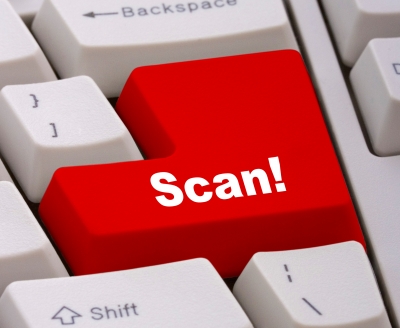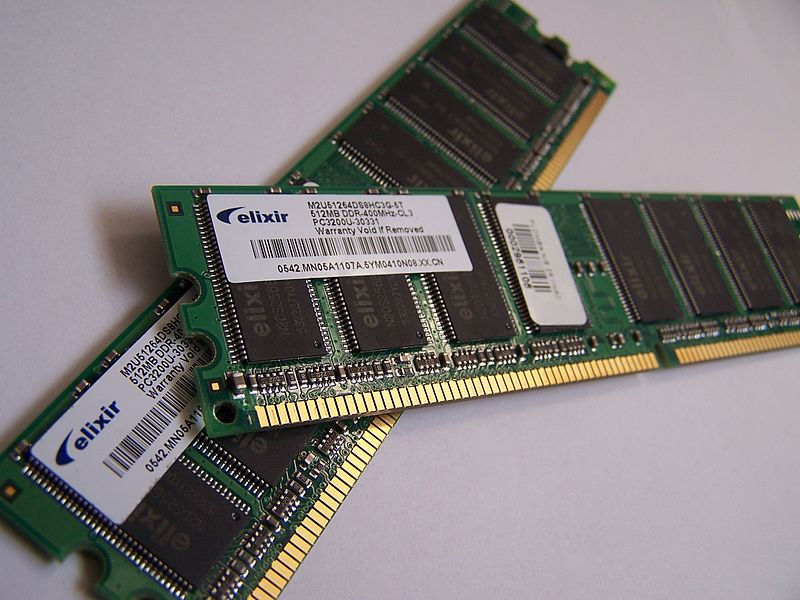In today’s society, the barrier between one’s work life and personal life is becoming increasingly blurred. People have the tendency to carry one mobile phone and one laptop for both business and personal computing. The problem is that personal computing tasks such as using social networks, downloading games, or simply surfing the web are much more likely than business activities to expose your computer to viruses, trojans, bloatware and other hazards. We recommend using separate computers for business and pleasure. The cost of a second computer or tablet is dwarfed by the cost of your business machine being taken out of commission by risky personal use. If you absolutely must use the same computer for all your computing activities, contact Nick’s Computer Services to ensure your machine is as secure as possible.
Author: Mike
Computer Virus Removal
Once infected with a virus, it is only natural to try to remove it yourself. The first thing that comes to mind is running an antivirus software. The problem is that if the antivirus software was initially on your computer, it has already failed, and if you did not have antivirus software installed it may be too late – your computer is already infected and many viruses will try to block the installs of new antivirus software. Often times by trying to remove the virus, people make the problem worse.
Viruses are simply pieces of software that are usually designed to scam people out of money or simply to wreak havoc on their lives. A virus is made up of files and registry entries. By disabling all of either, the virus will no longer be functional. However, by missing removal of all parts of the registry or files, the virus usually attempts to regenerate itself or will cause the computer to become unstable. Instability is indicated by freezing, blue screens, or failed starts. Often, the virus will hook itself to a system executable as a DLL file. This will block removal of the file because the computer will not delete a system file in use.
So how does one remove a virus? Well, it is different every time. Removal requires special tools. These tools should not be used by the amateur user because they can cause significant damage to the operating system if not used correctly. The best thing to do is to let a computer technician remove the virus. It usually only takes about 2 hours, but if it takes more time, Nick’s Computer Services will still only charge for 2 hours. That is better than wasting all week trying to remove a virus without success – what is your time worth?
Criteria Guiding RAM Installation in PC Computers
RAM is a critical component to any computer.
A computer will not even start without it.
What is involved in selecting and installing RAM?
(1) What type of memory is needed? Is it SO-DIMM, typically used in laptops, or DIMM, exclusively used in desktops? Is it SDRAM (PC), RDRAM, DDR (PC), DDR2 (PC2) or DDR3 (PC3)? SDRAM and RDRAM are old and quite uncommon. DDR, DDR2, and DDR3 are more common. Surprisingly, the older the RAM is, the more expensive it is.
(2) How much memory should be installed? Motherboards have limitations to the quantity of RAM that can be added. Each board is different and so it is necessary to check what the maximum memory capacity is of a given motherboard.
(3) What type of operating system is being used? Windows XP needs at least 1GB of memory to run correctly however it has issues detecting more than 3GB. Windows Vista and Windows 7 need at least 2GB, but cannot detect more than 4GB if running a 32bit operating system. How to check what operating system is running.
A common misconception is that more RAM always makes your computer run faster, but this is not necessarily true. RAM prevents the computer from running slower, but more RAM will not make the system run faster if the memory resources are already sufficient. Check how much of your memory resources your computer is using right now. If all or most of the memory is being used, the computer will run very slow. With sufficient memory, the computer will not experience this slow down.
At Nick’s Computer Services we can determine what memory is needed, how much memory is needed, install the memory, verify it is working, and provide other recommendations to improve your system performance.


